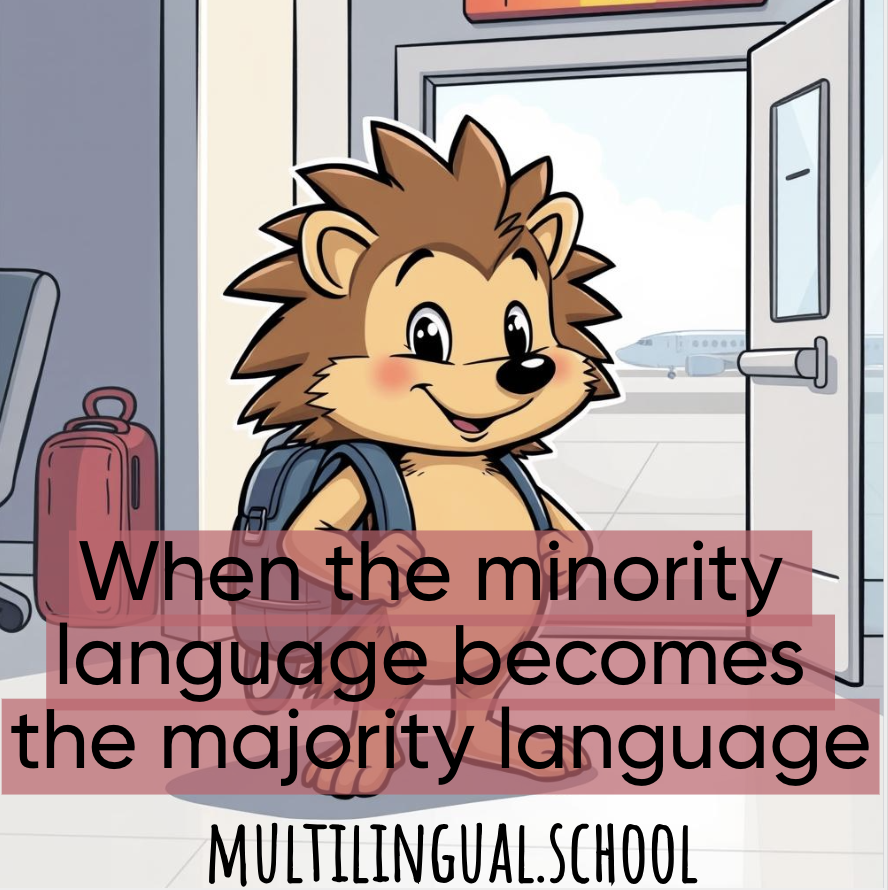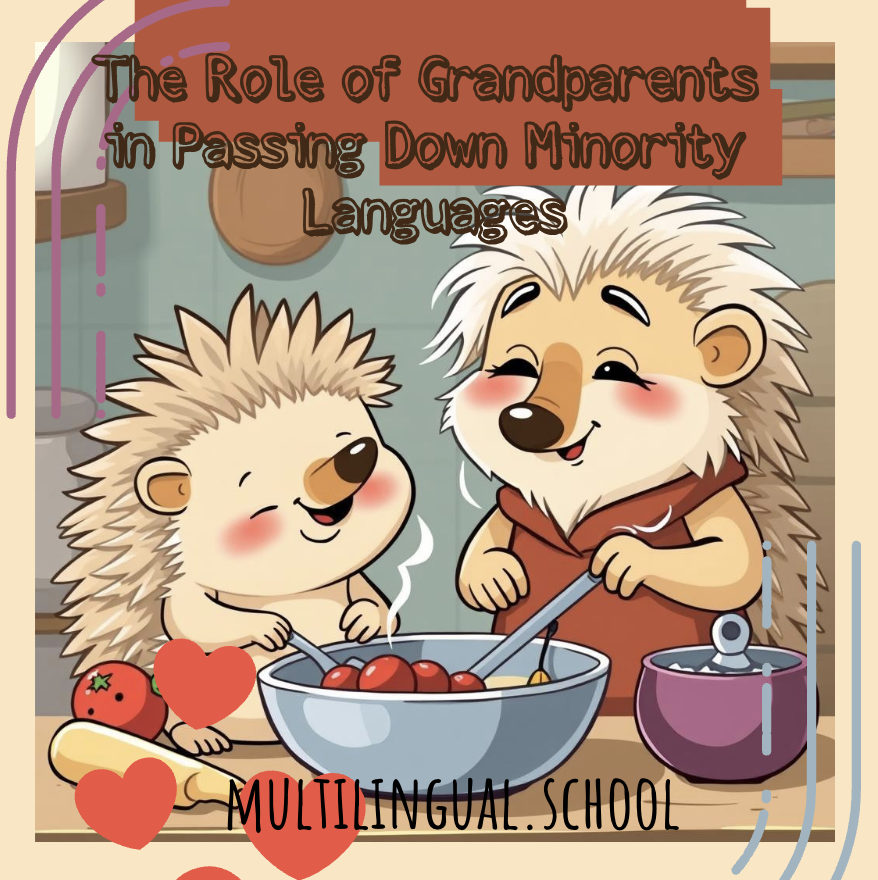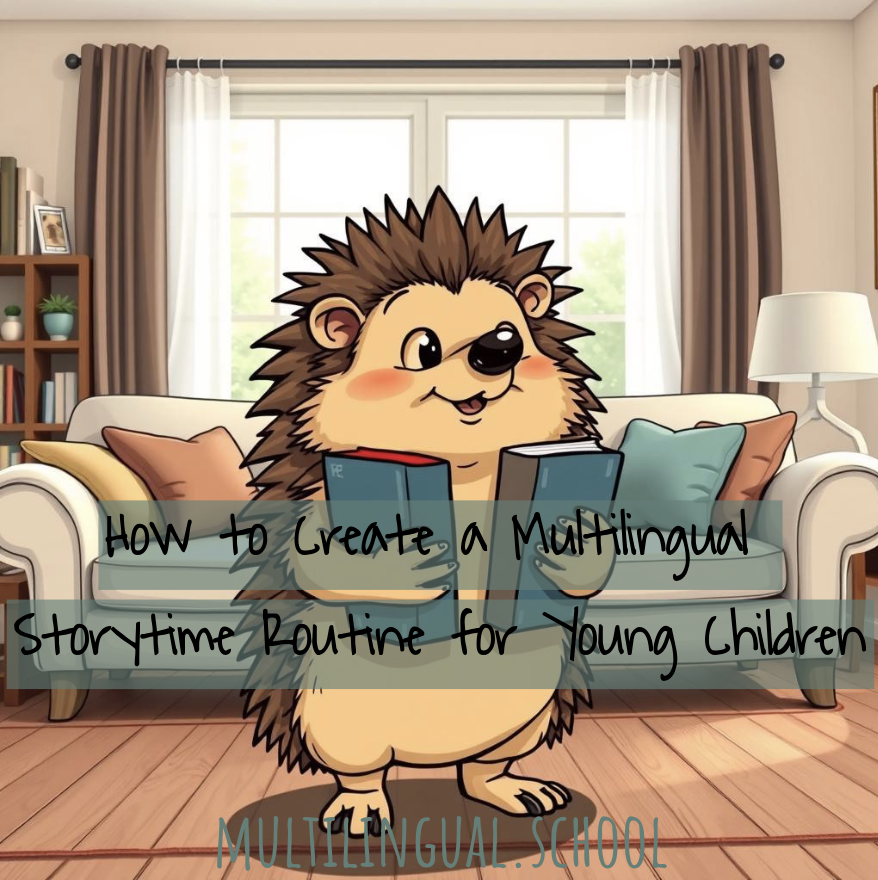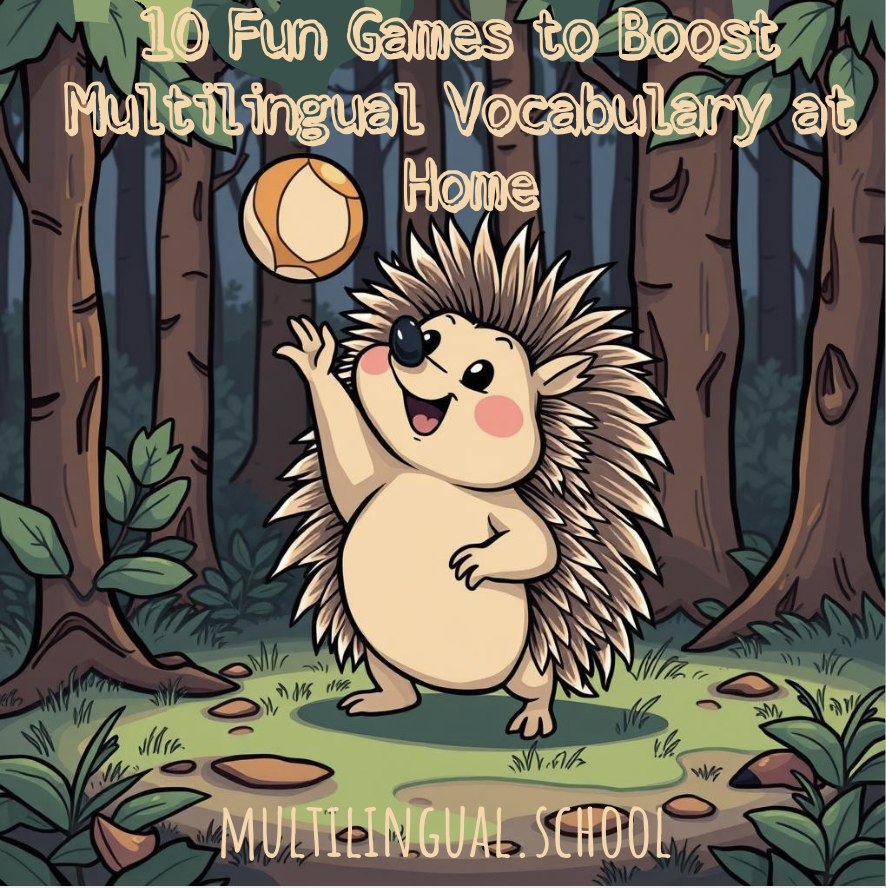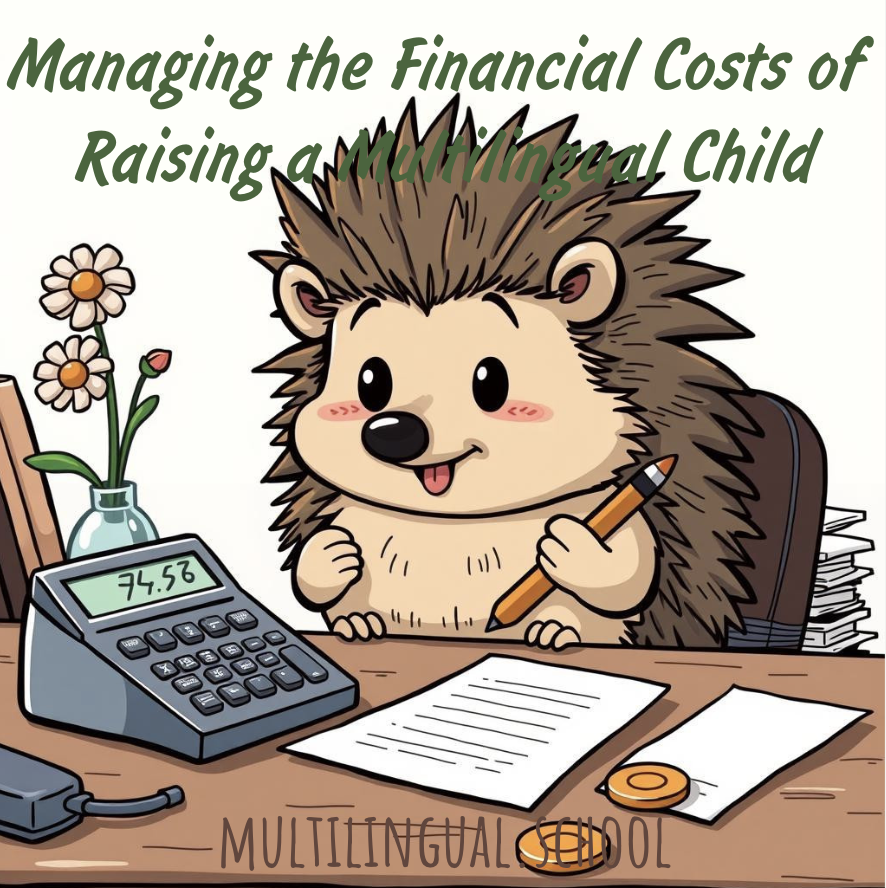10 Fun Games to Boost Multilingual Vocabulary at Home
This post may contain affiliate links, which means that I may receive a commission if you make a purchase using these links. You do not pay a higher price.
Games That Strengthen Your Child’s Vocabulary In a Fun Way
Raising multilingual children is a beautiful journey, but let’s be honest—it can sometimes feel like a balancing act! Between school, playtime, and daily routines, finding ways to keep minority languages alive in a fun and natural way is a top priority for many expat and multilingual families. Games are a fantastic tool to spark joy and curiosity while building vocabulary in multiple languages. Here, we share 10 fun games that turn language learning into a delightful adventure for kids (and parents too!).
Why Games Work Wonders for Multilingual Kids
Games create a low-pressure environment where children can experiment with words, phrases, and sounds without fear of making mistakes. They also tap into kids’ natural love for play, making language practice feel less like a chore and more like a treat. Whether you’re nurturing a heritage language or introducing a new one, these games are designed to fit seamlessly into your family’s routine.
10 Vocabulary-Boosting Games for Multilingual Families
1. Language Scavenger Hunt
What You Need: A list of household items, paper, and a pen.
How to Play: Create a list of 5–10 items in your target language (e.g., libro for book in Spanish or pomme for apple in French). Give your child the list and challenge them to find the items around the house. For younger kids, use pictures or say the words aloud.
Why It Works: Kids associate words with real objects, reinforcing vocabulary through hands-on exploration.
Tip: Switch languages each round to practice multiple languages!
2. Bilingual Charades
What You Need: Slips of paper and a timer.
How to Play: Write action words (e.g., dance, swim, cook) in two languages on slips of paper. Players take turns acting out the word in one language while others guess in both languages.
Why It Works: This game builds expressive skills and encourages quick thinking across languages.
Tip: For older kids, add phrases like brushing teeth to increase complexity.
3. Multilingual Memory Match
What You Need: Index cards or printed images.
How to Play: Create pairs of cards—one with a word in the target language and one with a picture or its translation in another language. Lay them face down and take turns flipping to find matches.
Why It Works: Repetition strengthens word recognition and connections between languages.
Tip: Start with 5 pairs for younger kids and increase as they improve.
4. “I Spy” with a Twist
What You Need: Nothing!
How to Play: Play “I Spy” but describe the object in the target language (e.g., “Je vois quelque chose de rouge” in French for “I see something red”). The guesser responds in the same language.
Why It Works: Encourages descriptive language and listening skills in a playful setting.
Tip: Alternate languages each round to keep all languages active.
5. Word Chain Challenge
What You Need: Just your voices.
How to Play: Start with a word in the target language (e.g., cat in English or gato in Spanish). The next player says a word starting with the last letter of the previous word (e.g., orange or naranja). Continue in one language or mix them up!
Why It Works: Builds quick recall and creative thinking.
Tip: Set a timer for added excitement.
6. Multilingual Simon Says
What You Need: Space to move.
How to Play: Give commands in the target language (e.g., “Simón dice toca tu nariz” in Spanish for “Simon says touch your nose”). Players only follow commands starting with “Simon says.”
Why It Works: Reinforces action verbs and listening comprehension.
Tip: Use different languages for different rounds to practice multiple vocabularies.
7. Story Starter Swap
What You Need: Paper or a notebook.
How to Play: Start a story with one sentence in the target language. Each player adds a sentence, alternating languages if desired. For example, start with “Il était une fois un dragon…” in French, then add in English or another language.
Why It Works: Encourages creativity and complex sentence formation.
Tip: Record the story to read aloud later for extra practice.
8. Label It Game
What You Need: Sticky notes and a pen.
How to Play: Write words for household items in the target language on sticky notes. Kids race to place them on the correct objects (e.g., mesa on the table in Spanish).
Why It Works: Connects vocabulary to everyday life.
Tip: Leave the labels up for a few days to reinforce learning.
9. Multilingual Pictionary
What You Need: Paper, markers, and a timer.
How to Play: Write words or phrases in the target language on slips of paper. Players draw the word while others guess in any language.
Why It Works: Encourages visual thinking and cross-language connections.
Tip: Use categories like animals or food to focus vocabulary.
10. Song Lyric Guess
What You Need: A playlist of children’s songs in the target language.
How to Play: Play a snippet of a song and pause. Kids guess the next word or phrase in the target language. Sing together to confirm!
Why It Works: Music aids memory and makes vocabulary stick.
Tip: Use songs from our multilingual playlists for inspiration.
Making It Work for Your Family
Every family’s language journey is unique, so feel free to adapt these games to suit your children’s ages, interests, and language levels. For example, my friend Maria, an expat mom in Germany, shared how her kids love playing “Bilingual Charades” during family game nights, mixing Spanish and German words. It’s become a cherished way to keep their heritage language alive while bonding as a family.
Here are a few tips to maximize the fun:
Keep it short and sweet: 10–15 minutes is perfect for young kids.
Celebrate effort: Praise attempts in the target language, even if they’re not perfect.
Involve everyone: Siblings, parents, or even grandparents can join to make it a family affair.
Mix languages naturally: If you’re raising trilingual kids, incorporate all languages to balance exposure.
Ready to Play?
Games are a powerful way to weave multilingualism into your family’s daily life. Pick one or two games from this list and try them this week—your kids might surprise you with how quickly they pick up new words! Have a favorite language game we didn’t mention? Share it with our community in the comments below or on our social media. Let’s keep the joy of multilingualism alive, one game at a time!
Happy playing!


